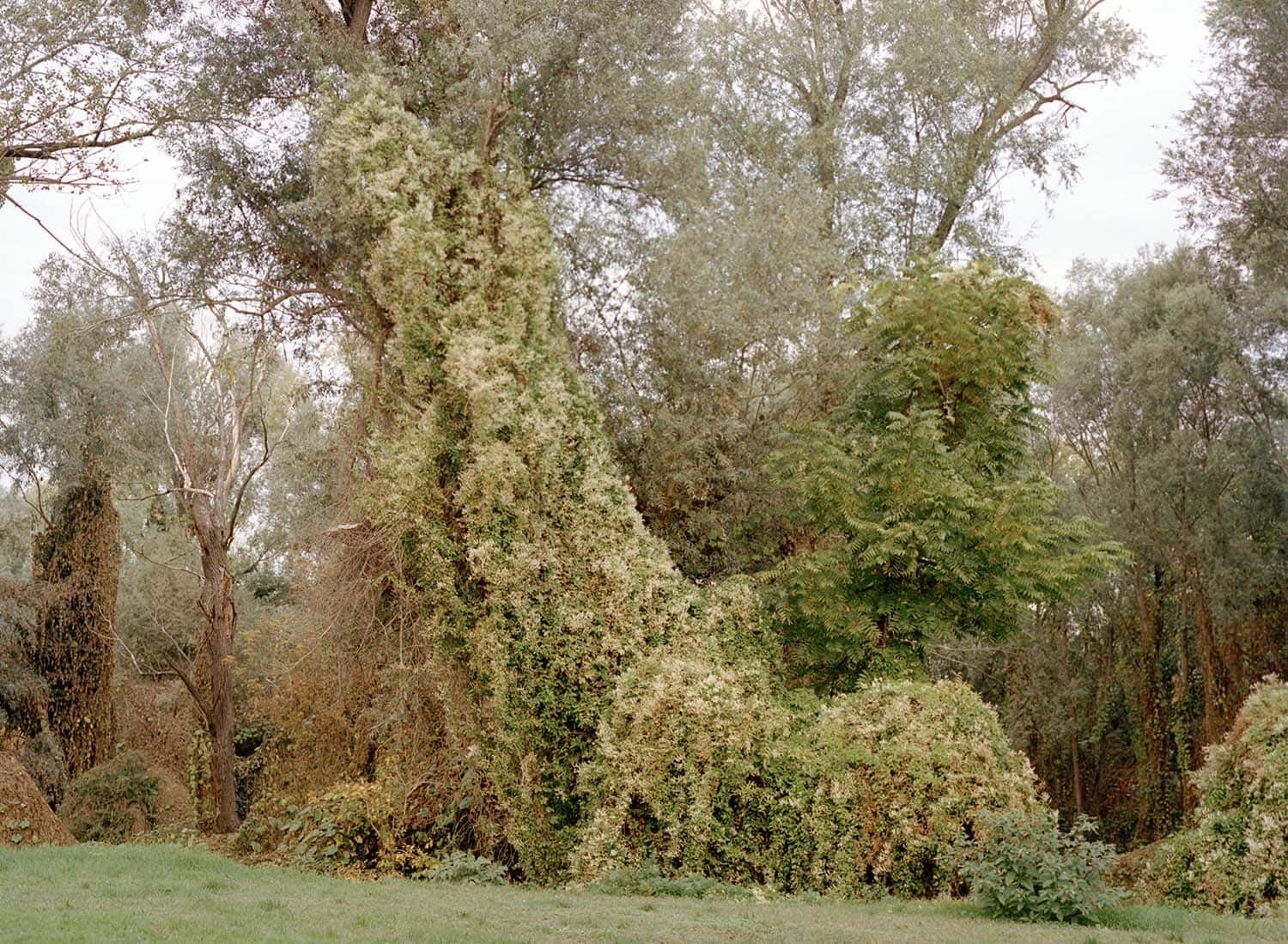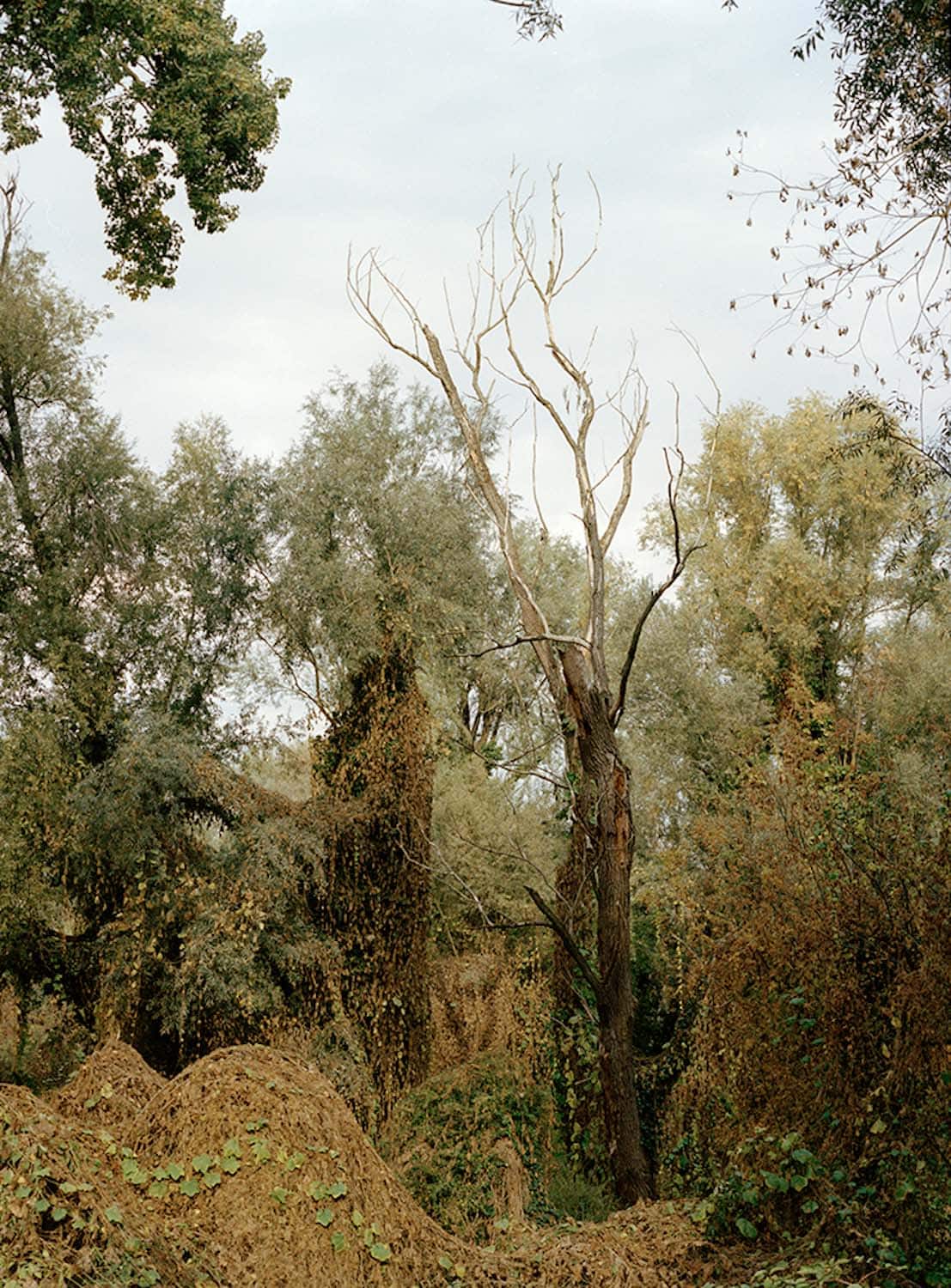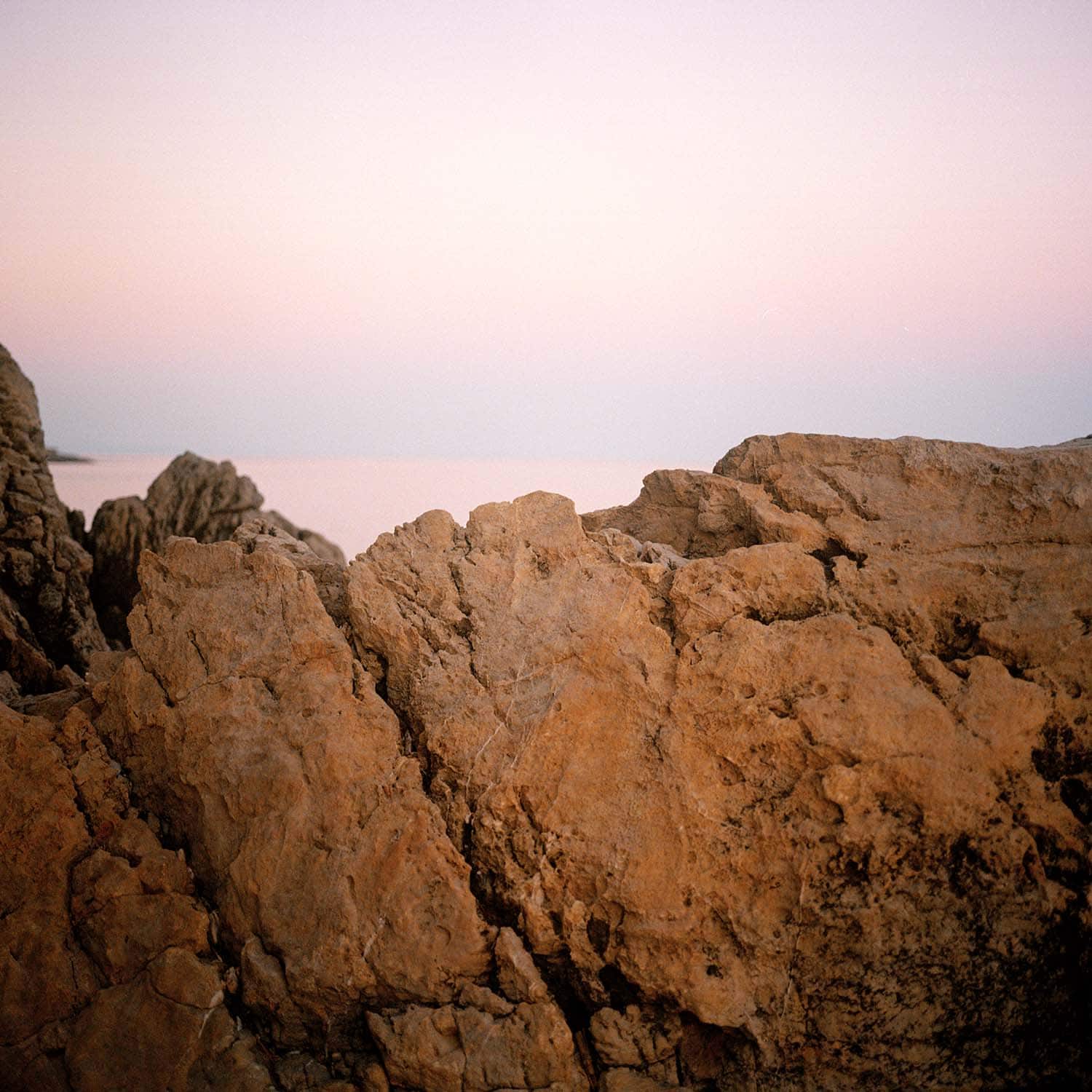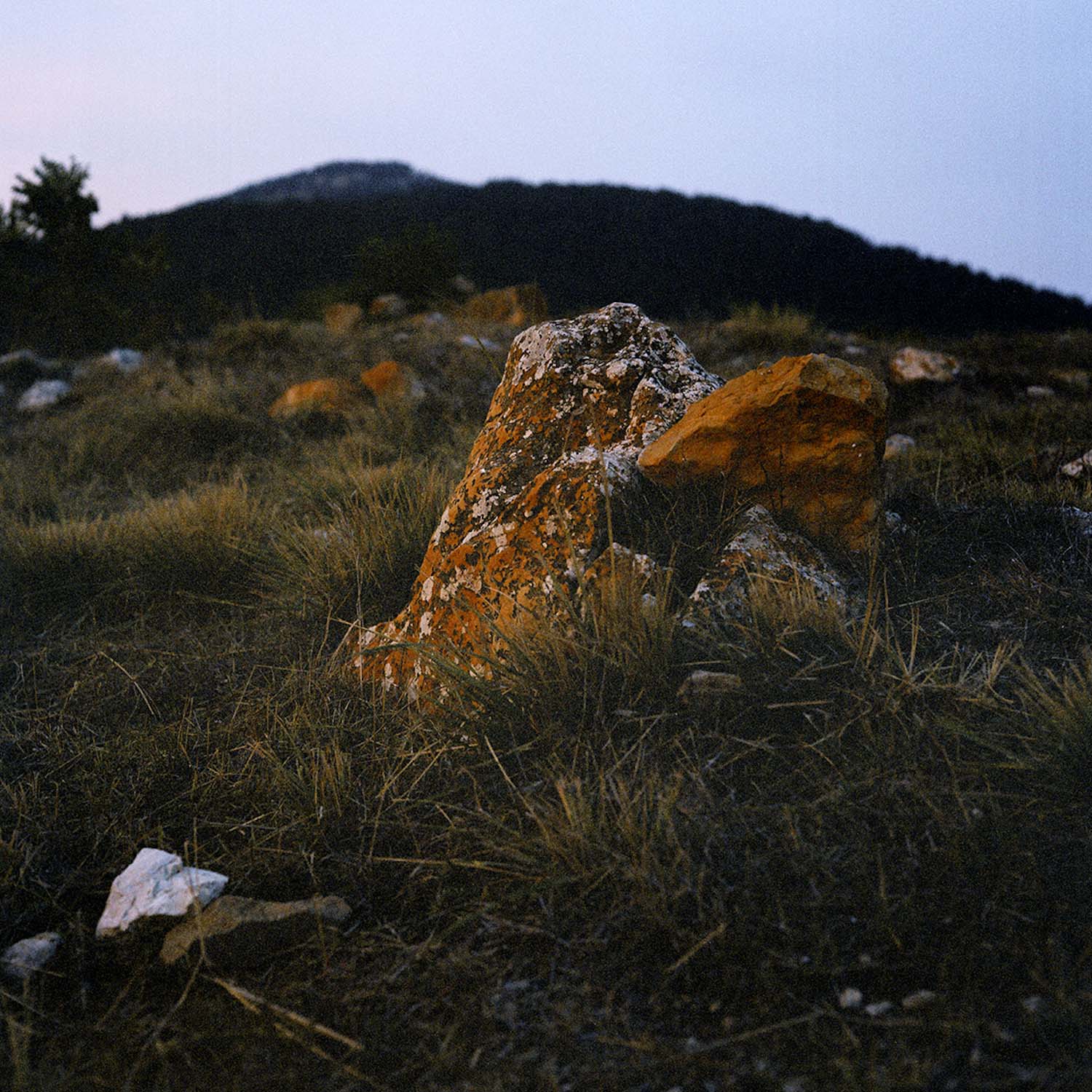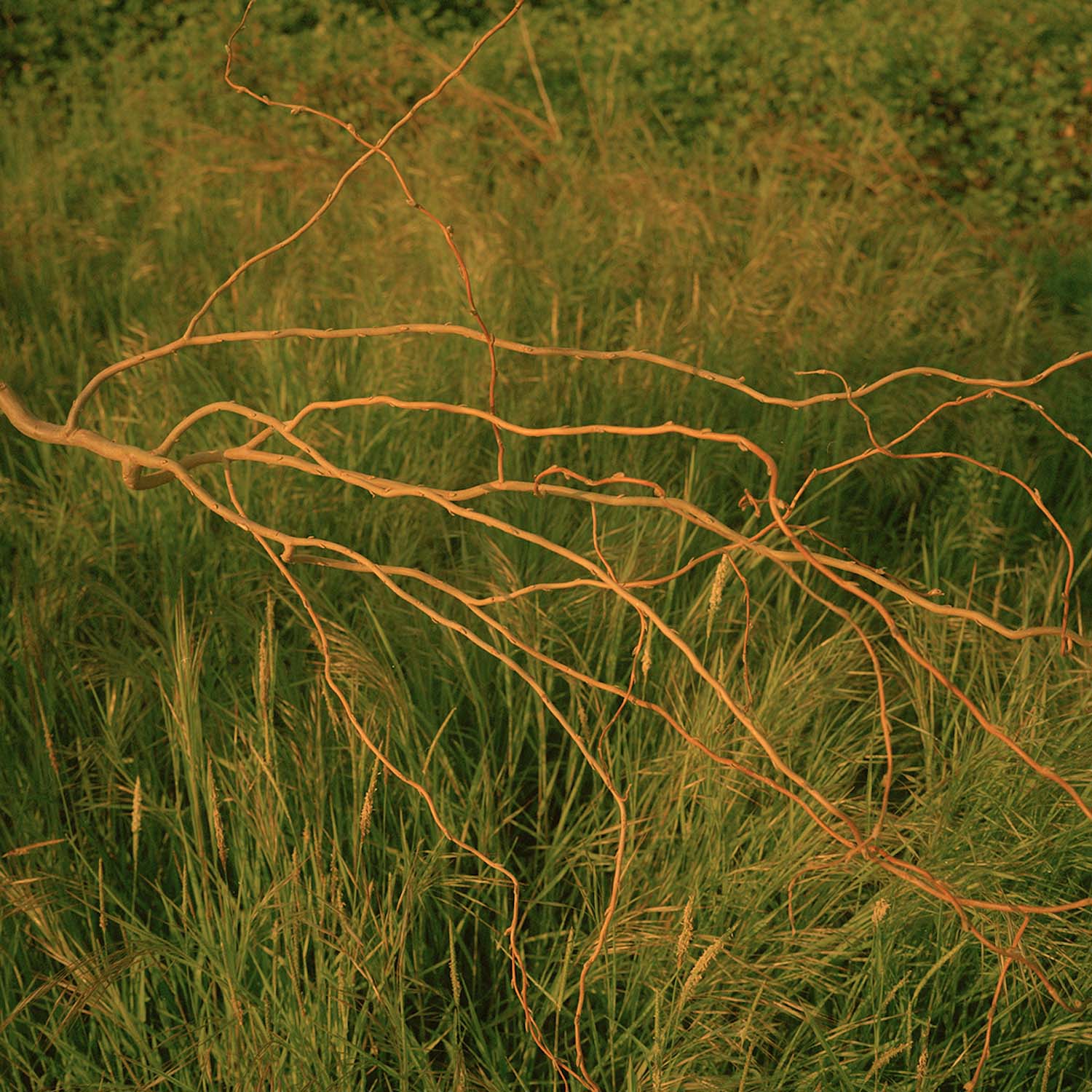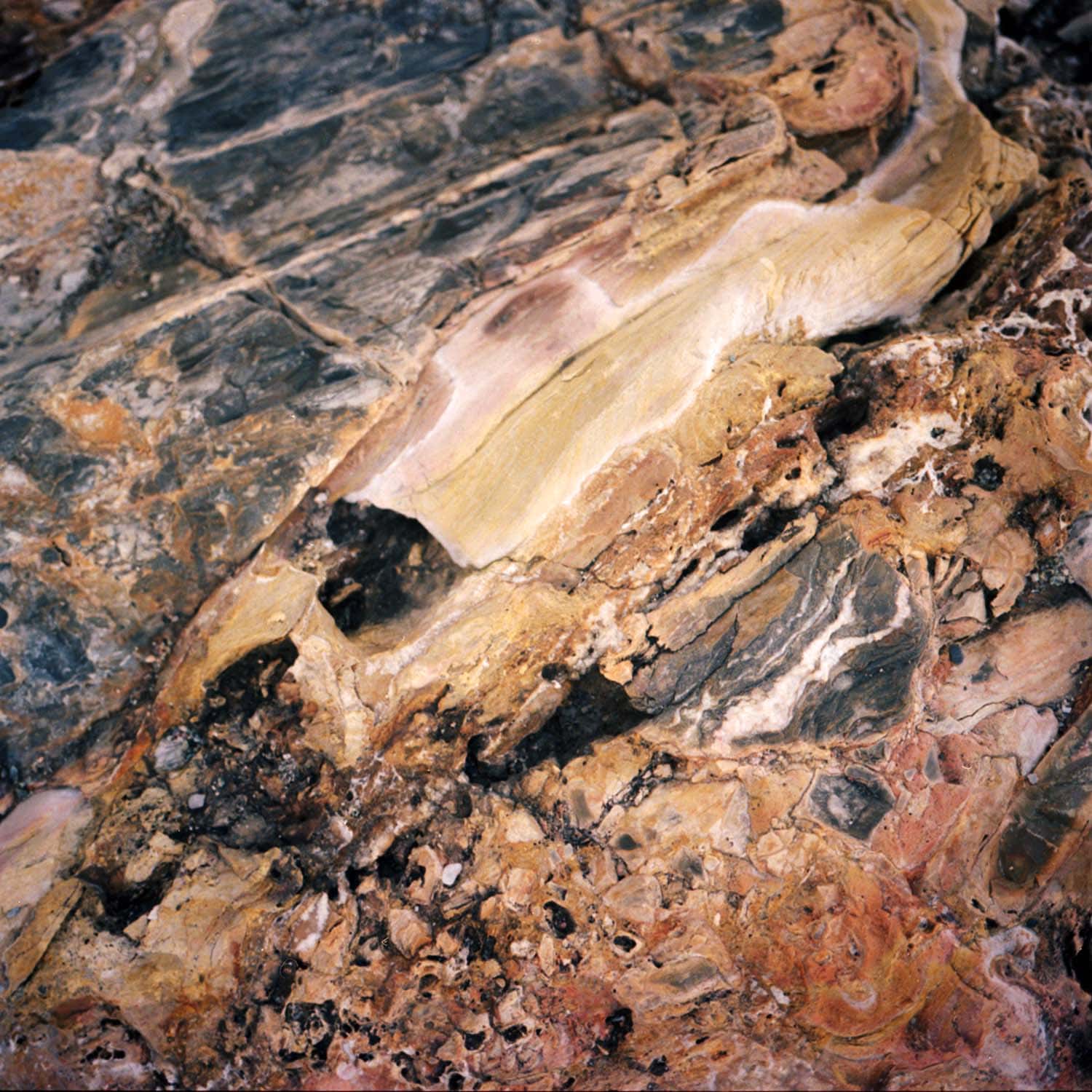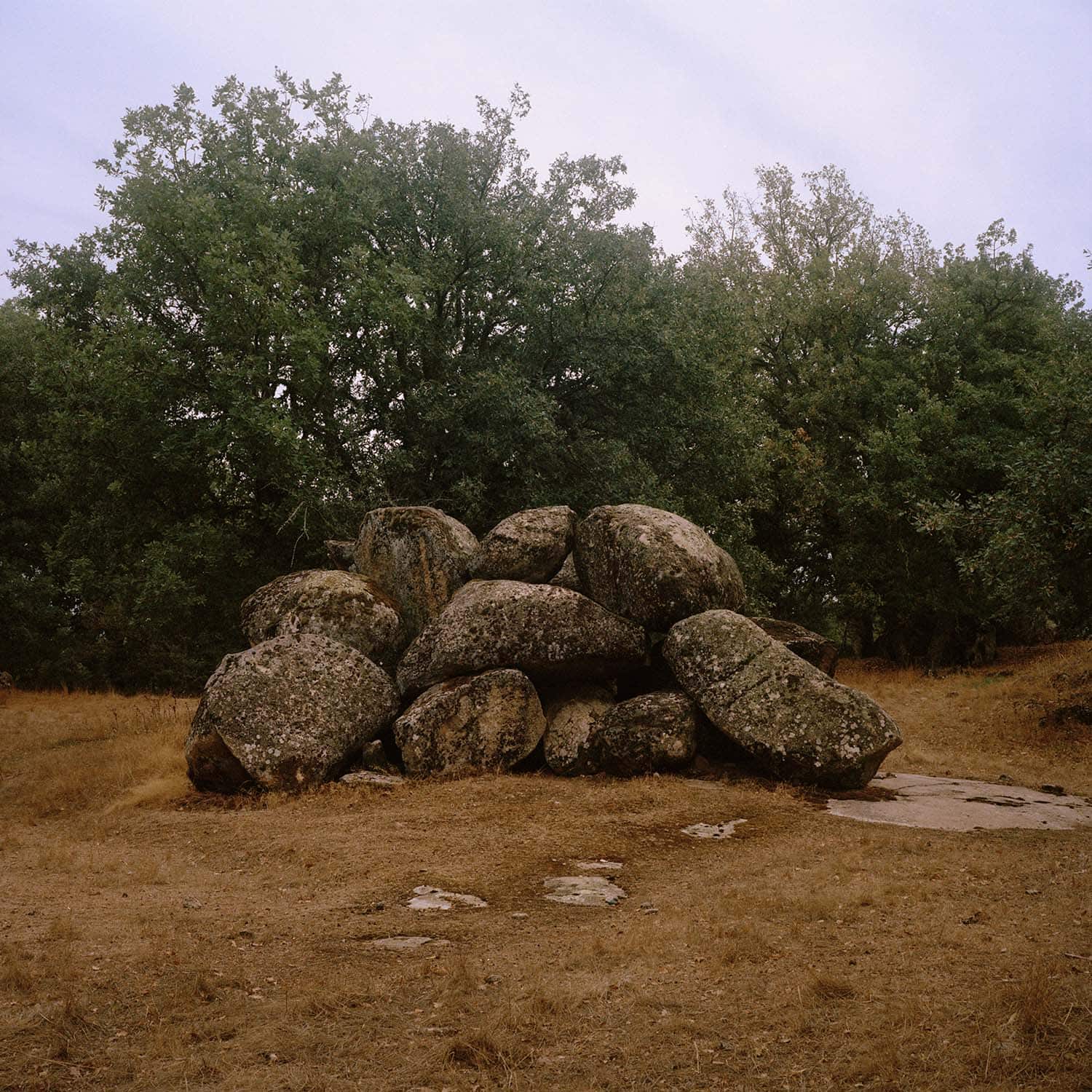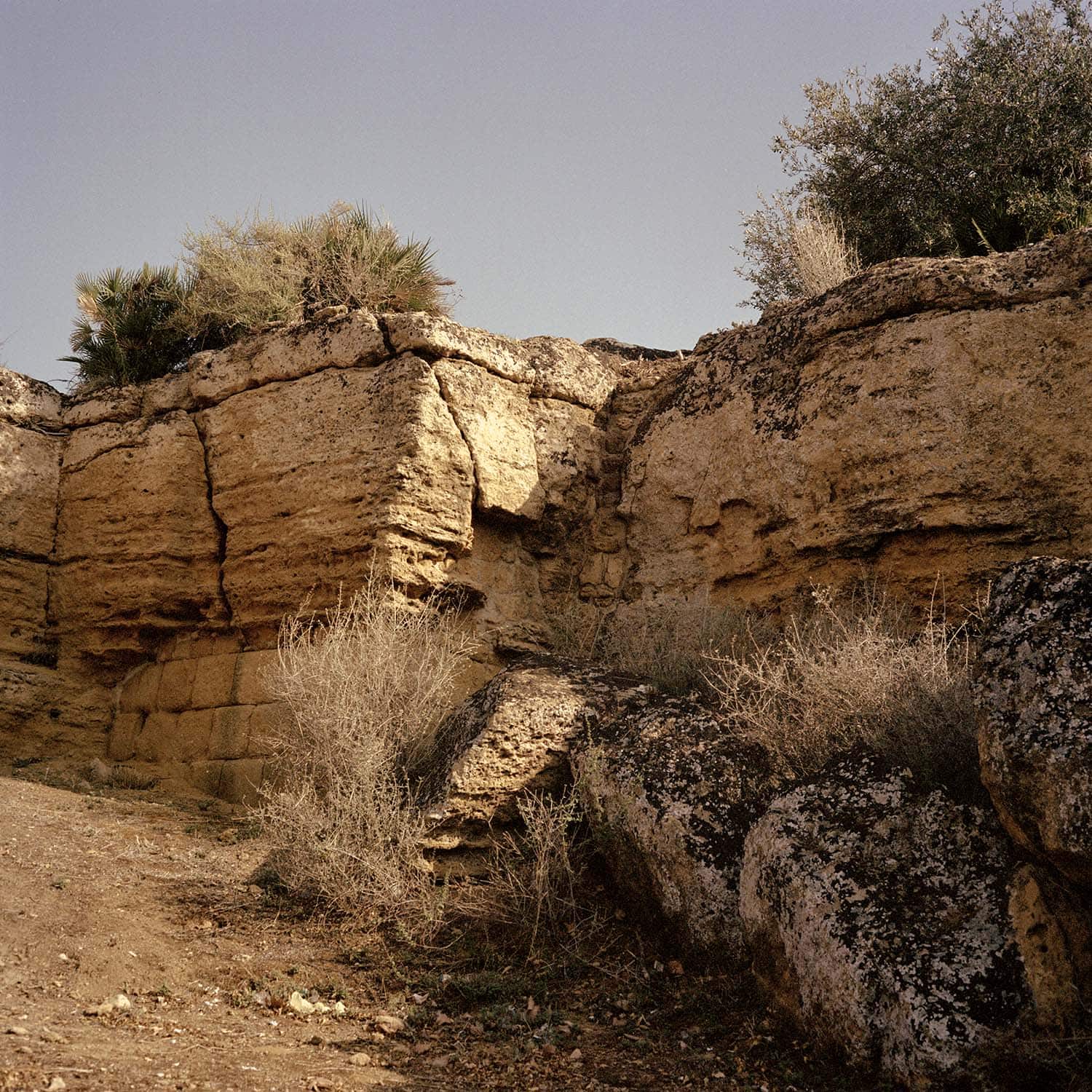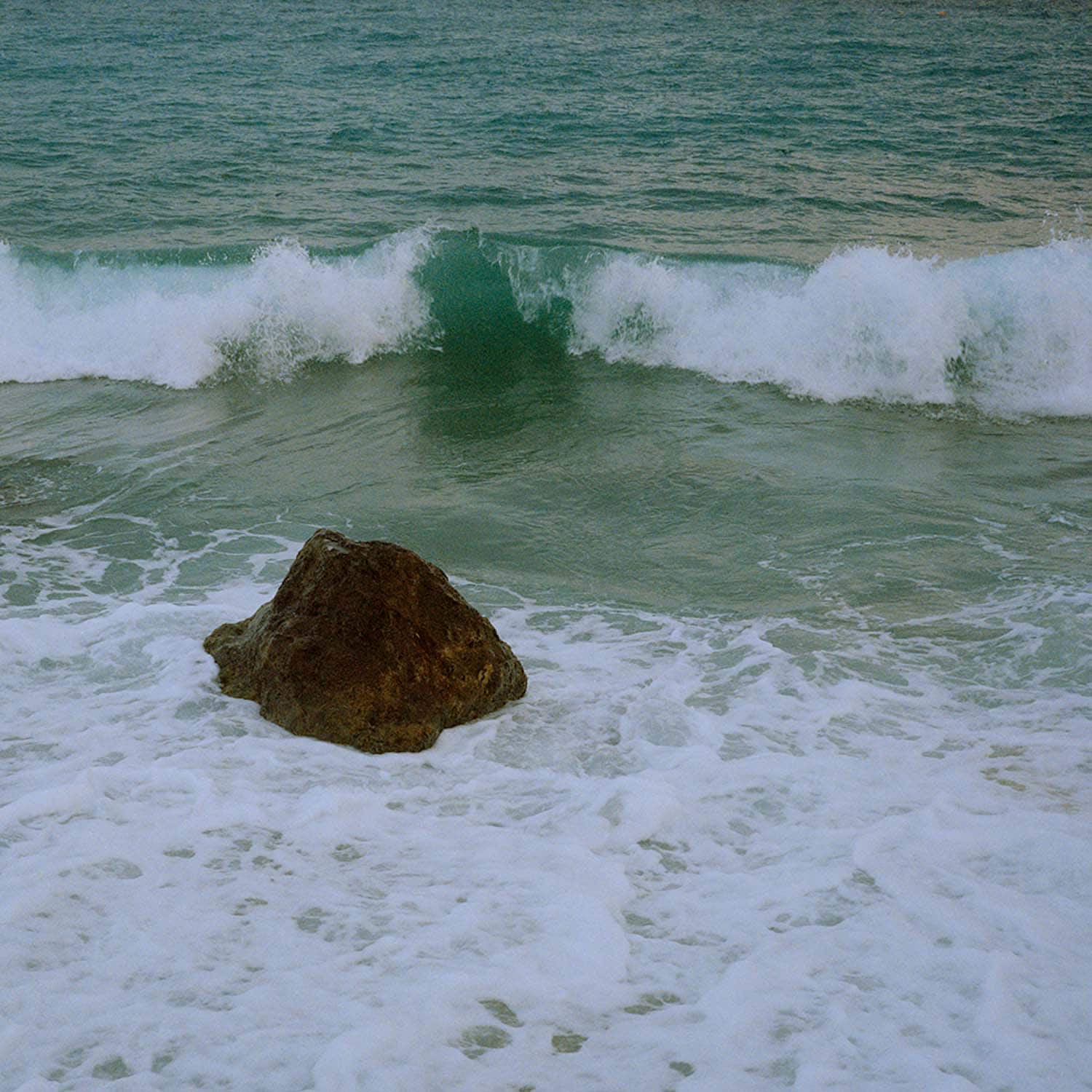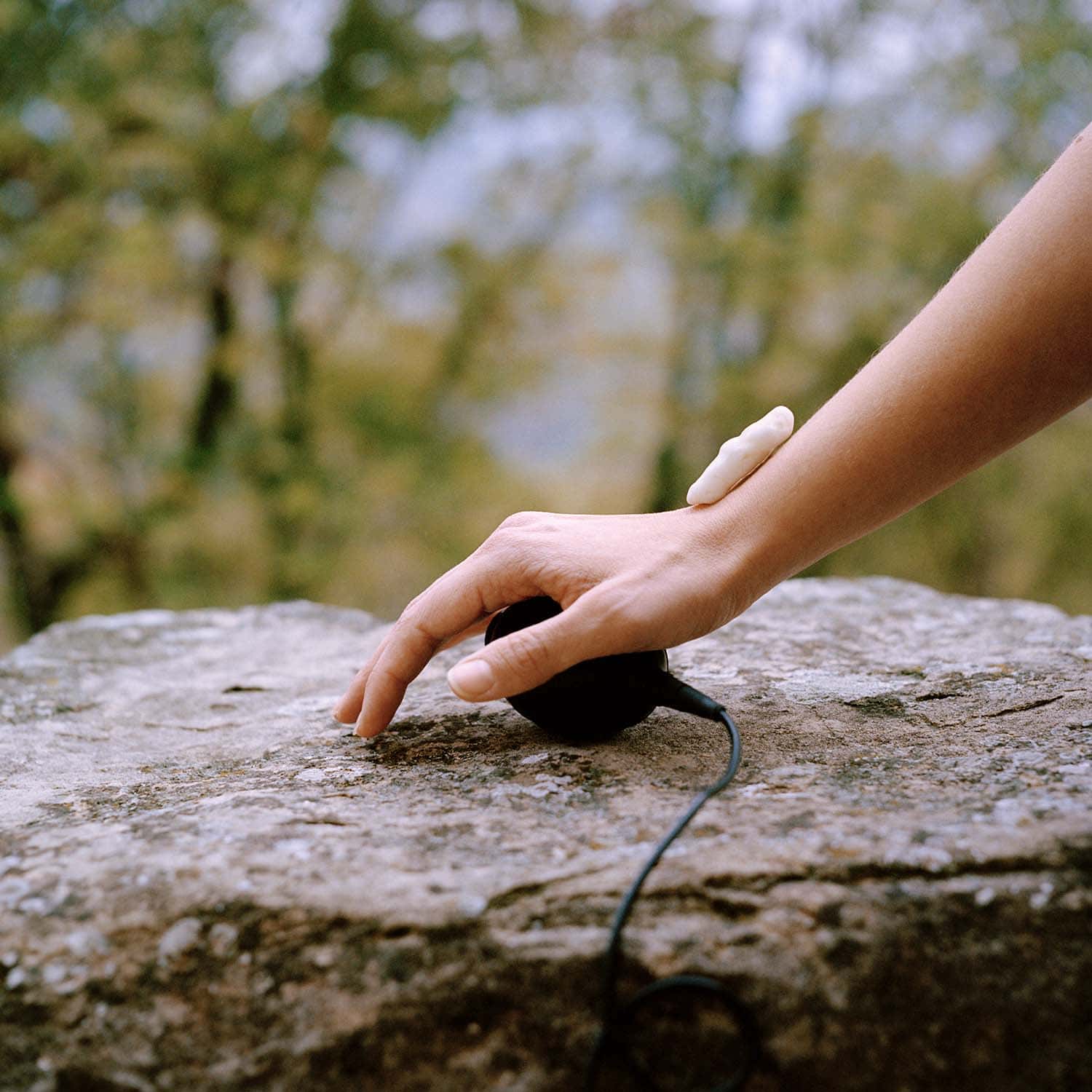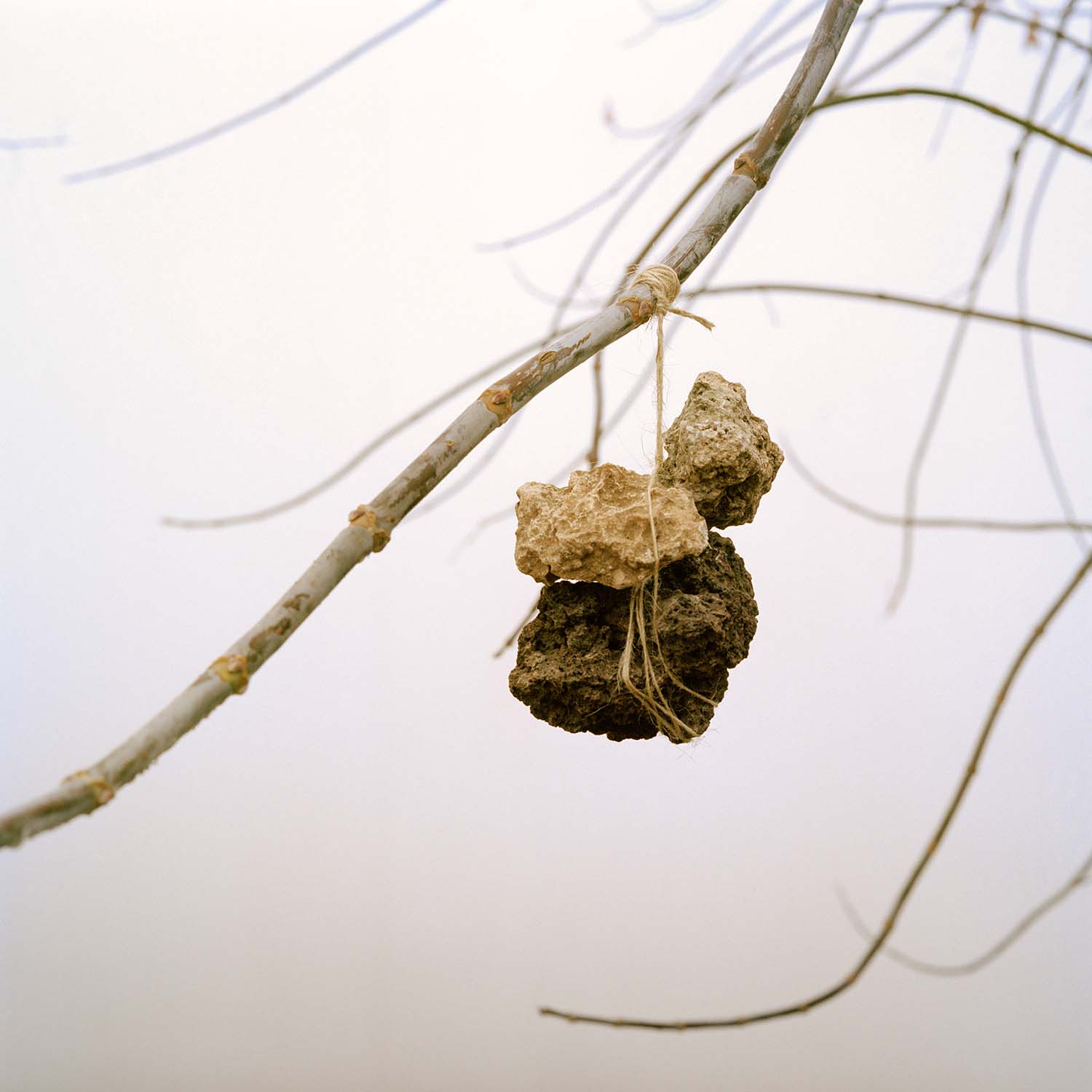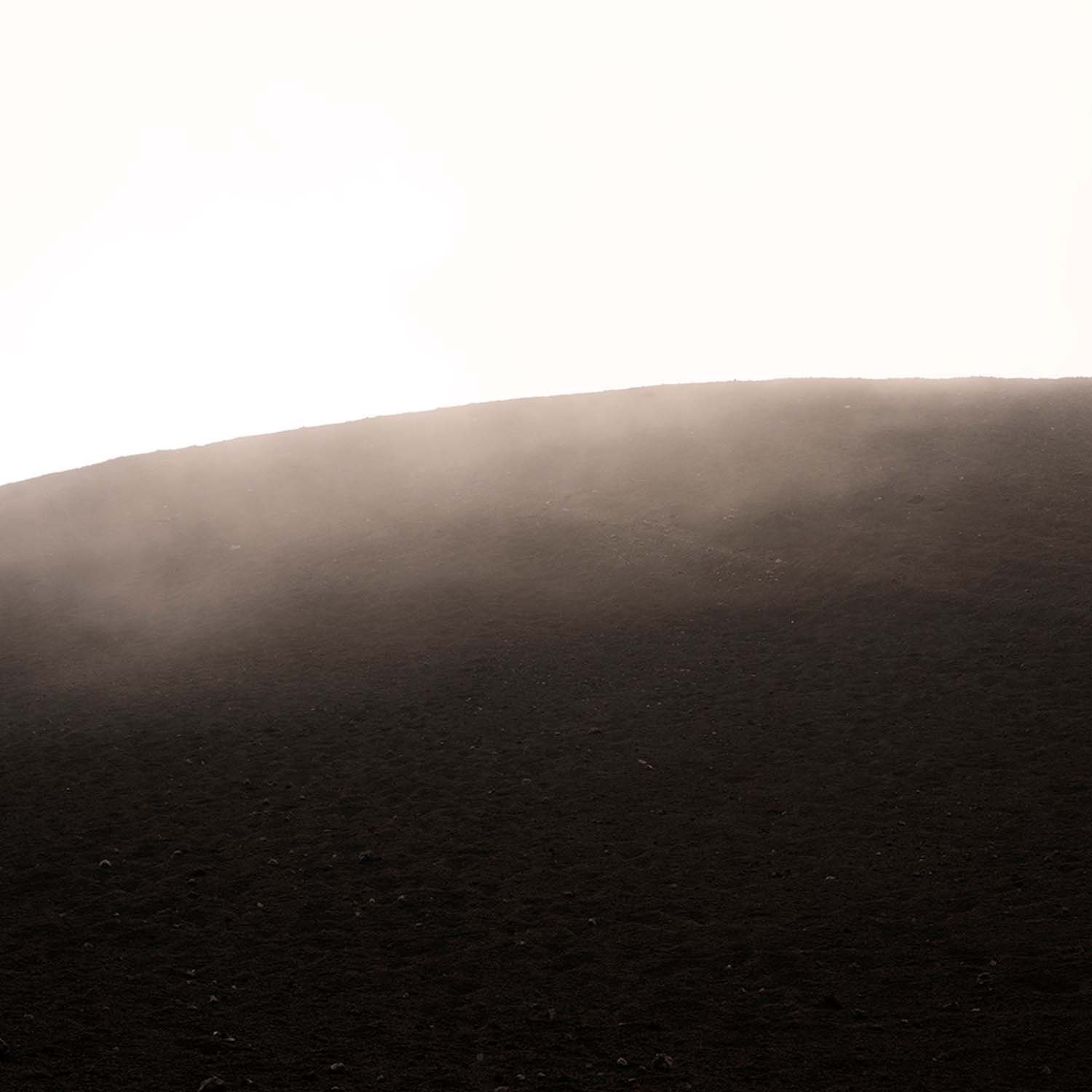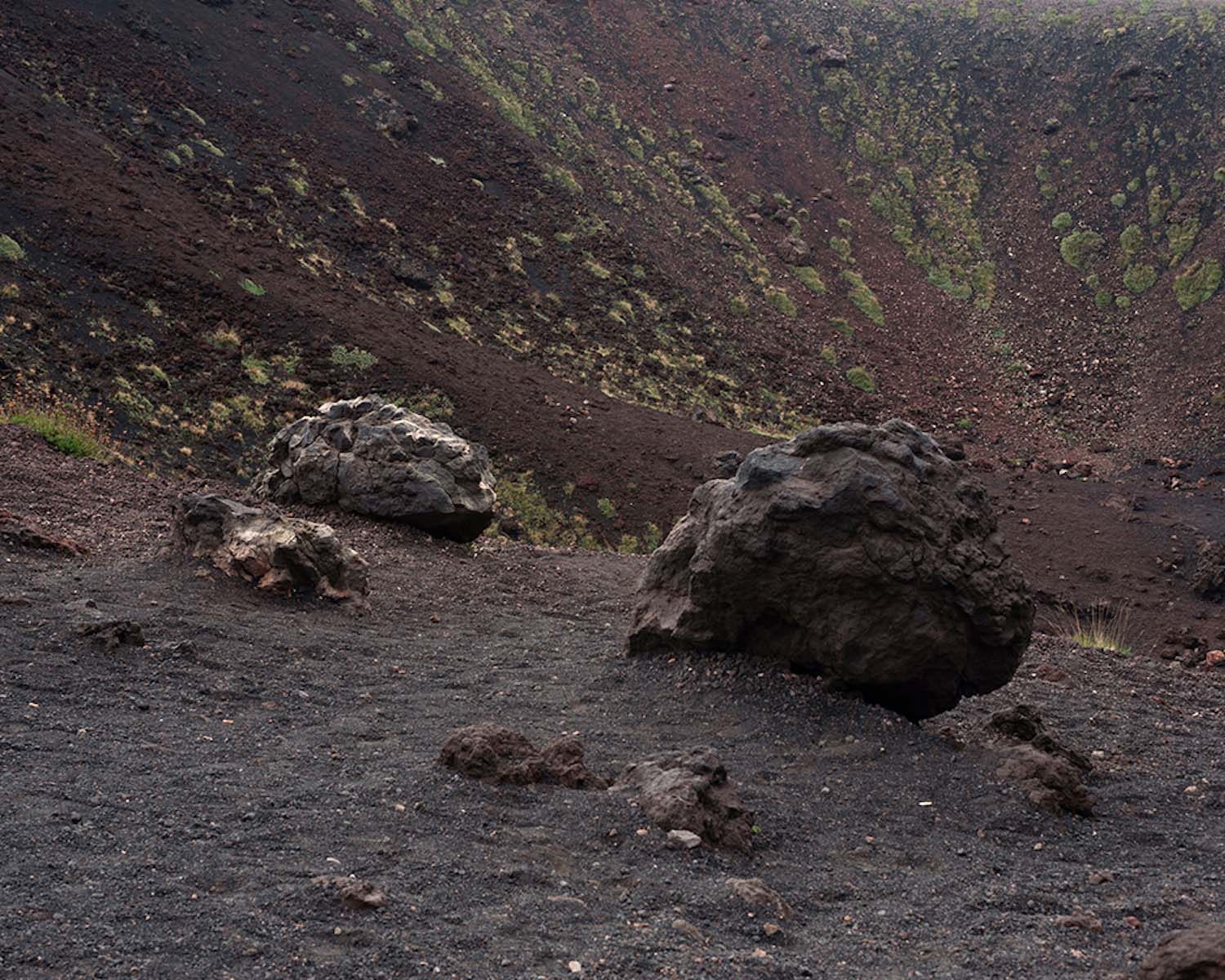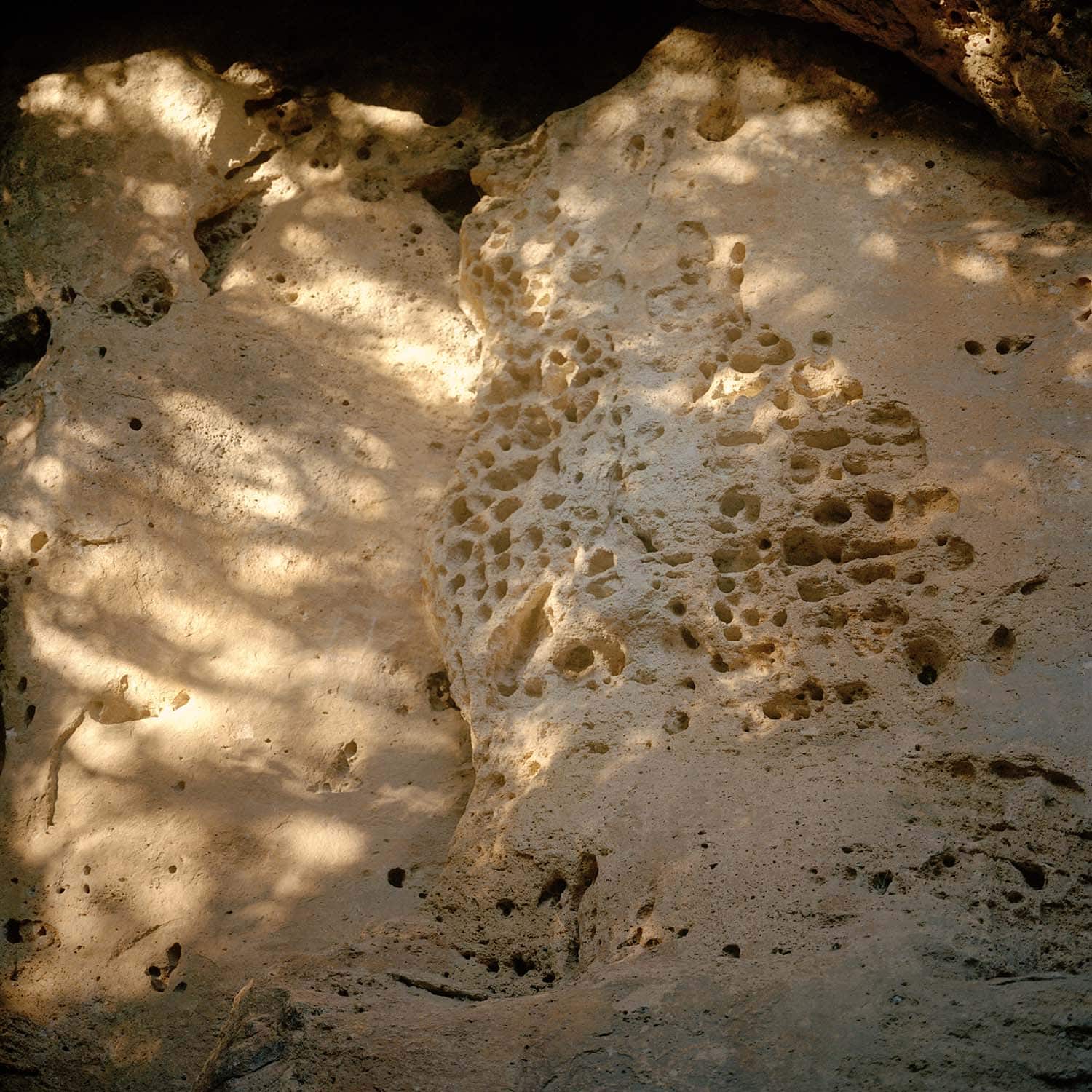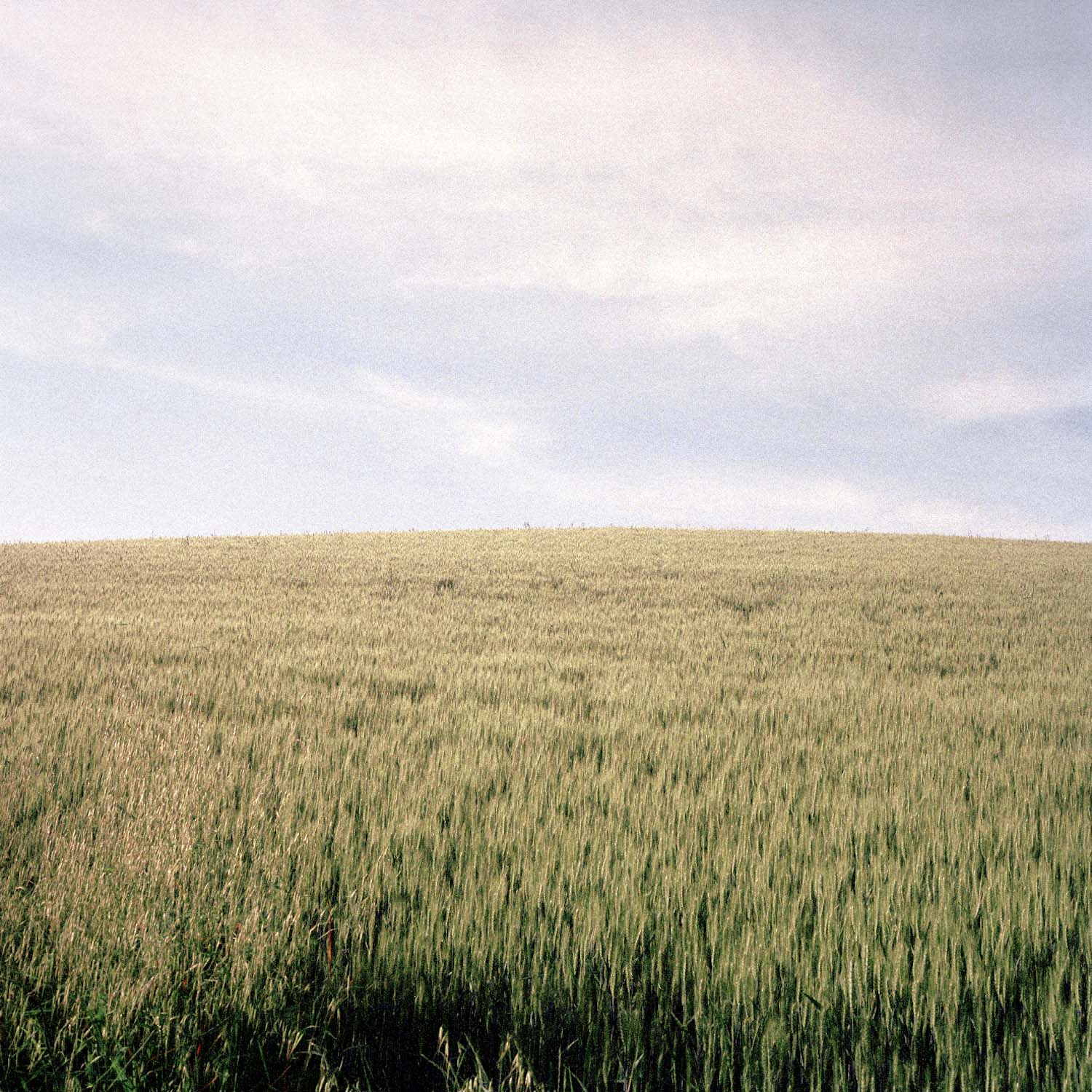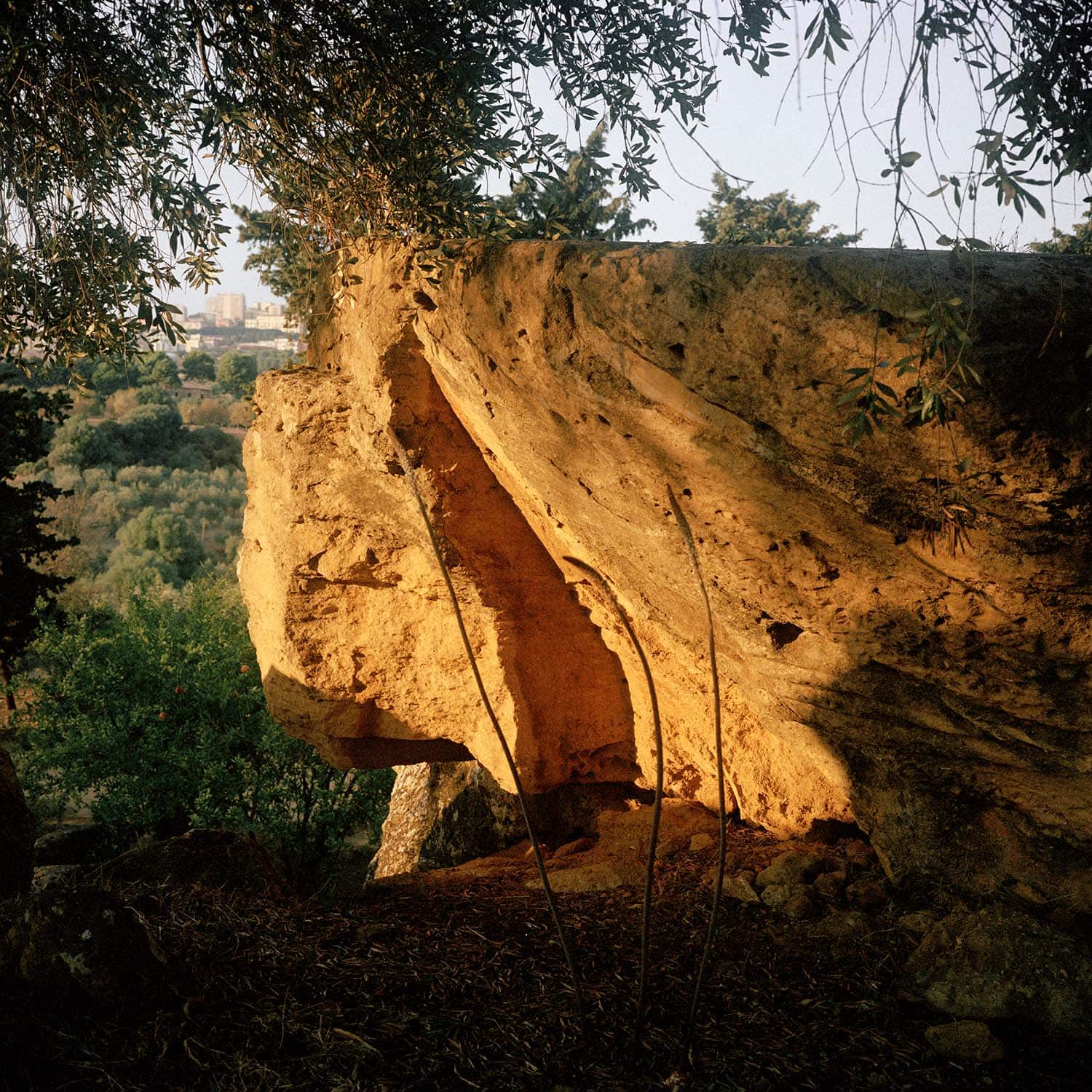“Let’s imagine that we have to go from one country to another on foot, through hills and mountains, and that at a certain moment we can’t take it anymore and we stop at a nice place sheltered from the wind, and you can see the sea shining far away and the water comes out of the rock and there are trees and everything is fine. It’s a special place. A place where you are comfortable and happy with nice silence and so on. It is a special place. It occurs to us to put a stone because it is a special place. It has to be a stone that doesn’t ruin it, rather that improves it. Not a stone to make fire, not a stone to do anything with it, just a stone to say that that is a special place.” It is in these words of Ettore Sottsass that I find the essence of the practice of Giulia Bernardi, artist and photographer. Bernardi investigates, through her research, the concept of psychogeology, the identity of places and their relationship with their community, focusing on the relationship between inner landscape and manifest scene. In her practice she follows an approach that manages to be at once sentimental, physical and analytical to reconstruct the poetic memories of places by exploring their nature and territorial configuration through the aesthetic practice of walking in them. At the same time, this direct and prolonged relationship with space leads her to catalog portions of the landscape in which she seeks a possible future between human and non-human and a geological language that is both intimate and everyday. Bernardi, with her photography, places stones in special places. She recently won the Combat Prize for the photography section with the work Dinosaur (2022) and is among the artists selected for the prize promoted by the Francesco Fabbri Foundation for Contemporary Photography.
Micol Teora: Dinosaur is a work that is impressive for its great poetic energy hidden by an apparent simplicity in which what is the everyday landscape of your images suddenly reveals an epiphanic form, a sudden manifestation. I find it difficult, then, not to consider Dinosaur as a presence that lingers throughout your artistic practice, an unforgettable encounter.
Giulia Bernardi: Dinosaur is a key work in my practice and production that manages to perfectly synthesize the core concepts of my research and long-term project Anthropological Archive, started in 2020, which focuses on the relationship between human and nonhuman and walking as an act of exploration and exercise in wonder. There are words I love by Chandra Candiani from her book This Immense Not Knowing that perfectly reflect Dinosaur: “A good preliminary practice of any other is the practice of wonder. Practice not knowing and wonder. Look around and let go of the concept of tree, road, house, sea and look with a gaze that ignores the known. Exercising wonder heals the sick heart that could only exercise fear.” Here, this step-by-step letting go of one’s fears in an intimately universal discovery of myself and the landscape around me is the long-term goal of Anthropological Archives. The scientific setting punctuates the sentimental inquiry: walking becomes cognitive practice, photography immortalizes, hands collect what strikes the eye, smell and taste. Through a meticulous and manic process of cataloguing the landscape, the project is a search for ancestral and common origins to rediscover oneself as part of one’s land and weave a lost bond on which to base a future of coexistence. Anthropological Archive for me is the way to coexist and be present in the world. Exploring territories out of pure geological attraction, I trace in the morphology of places the stories, myths and legends that have accompanied their lives. The work includes the languages of photography, writing, the practice of walking and the collection and archiving of stones, clods of earth, woods.
MT: The choice of the name “Anthropological Archive” strikes a clear chord and sounds like a strong statement of intent, loudly proclaiming what this series, which plays a key role in the totality of your practice, is all about. Can you tell us how Anthropological Archive was born and how it is developing in these two years of production?
GB: Anthropological Archive was born out of an intimate and personal urge to re-establish a poetic and primal contact with the natural world. To make peace with nature and the earth, and to find each of us a personal language with the nonhuman and wild world. My doctor instead of Xanax prescribed at least thirty minutes a day of contact with nature. It is an ancestral method to heal ailments, fight stress, and has made me regain the ability to focus and analyze. Observe. Observe that a tree speaks to you, a rock tells you about the place, a plant tells you what animals live in a certain area. The presence of water or not. The sea, the clouds. Being attentive and present to life. So it comes from wanting to have a dialogue with the environment we come from and the urgency to collect a material and then rethink it into a collective memory. To do this I use photography, which in itself is one of the most historically appropriate means of archiving and cataloging, and then I write and collect stones. This project has been fundamental in my journey because it has helped to define even more precisely my modus operandi and the approach I take with all the other projects I deal with.
MT: Your focus on the land and the stories it tells and conceals within itself, along with your predisposition toward the practice of walking, bring your work closer to a broader issue of environmental justice. As we mentioned earlier, however, your practice is also powered by disciplines such as mineralogy, anthropology and geology. How do these worlds coexist in your research?
GB: Yes, my projects touch on various disciplines: certainly mineralogy and geology are fundamental to my research. I always start from an analytical approach, so I document the territory, the stone of that territory to then transport what is purely scientific to more poetic and emotional planes. Reinterpreting the relationship with that territory in this way, anthropology comes into play. I am intrigued by how the people interface with their territory: respect it, protect it, value it, exploit it, pollute it, and this is where ecology comes in. Relating to one’s land for me cannot exclude ecology. Bringing respect to one’s land, taking care of it, valuing it, protecting it, loving it. It is then about this: loving a place. It is like taking care of your body: no one is stupid enough to introduce toxic and harmful substances into your body within the limits of what is possible and what we can control, unless you are a masochist. Here it is very simple: I don’t see why we have to be masochistic with our own territory, which then constitutes our home.
MT: Your research is a never-ending practice of gaining daily a renewed awareness of existing as part of the world through what I would rightly call a rigorous and methodical activism. This aspect leads to the debate about the role of the artist today, and what the functions of art might be in the realm in which it exists and is concerned, which is life.
GB: Art is one of many ways, in my opinion, to tell the story of life. Certainly there is a kind of activism in my art practice, but it does not have to do with activism as one might imagine it. It has more to do with a methodology, with choosing to live consciously within the limits of what is possible, trying to do one’s best. One has always thought of art as one of many ways to tell life in a contemporary, visionary way and to announce certain times and ways of living. I deal with the reality of life and how ancestral origins manifest themselves in a contemporary key. I recently read Byung-chul Han’s “The Not Things”, which says, “We no longer inhabit the earth and the sky, but Google Earth and iCloud. The world is becoming more and more elusive, cloudy and ghostly.” That’s what I’m trying to do is to inhabit the earth and the sky again, to fight the lack of the real. To touch things, to be present in a place, to have an experience through the use of all the senses. I try to carry this thought forward. I also left Milan to go live in a town of a hundred souls in Liguria because I believe that big cities have become extreme to be able to live in balance, and I try to pursue my ideal. We come from nature, not from cities where we have extreme everything losing sight of basically the purity and concreteness of life. Vito Teti writes, “the assai is like nothing”. I am now reading a book of his that is really affecting me entitled “La restanza”, a term related to the concept of staying or returning to countries. I chose to stay in a country, to feel free and in touch with a natural soul. And to the question, “How do you do it? In Milan, or in the city, you have everything!”, I answer that I don’t need everything, I need nothing. Being in touch and being present in the moment is one of the greatest revolutionary acts we can do nowadays.
MT: Among the words that often accompany your works appear the names of Susan Sontag, Natalia Ginzburg and Anna Maria Ortese. Sometimes it seems possible to trace in your landscapes the essential concreteness of Ginzburg and the intimate reflections of Susan Sontag. What becomes extremely interesting, also in the light of a more general discourse, is precisely to investigate the terms of influence between artistic creation and literature, and how they feed off each other. At times the relationship between literature and practice takes on an evocative role, at other times you trace a vocabulary of assonances and references that seem to delineate the origin and motive of your work.
GB: My photographs come from books. Books and words not only influence my research but also influence my aesthetics and my imagery. I really can’t split the book/image relationship. My vision is not influenced by painting or other photographers or contemporary practices. Of course I look at art and I know which art movement I feel closest to, but what inspires me are words. Some time ago during a masterclass a professor told me that he was pleasantly surprised reading the list of books that influenced Anthropological Archives because behind each photo he saw those very titles there. It honors me that my photos can be associated with a vocabulary, because then that’s what it’s all about in the end: creating a language that is at once intimate, personal and collective.
MT: What will be your next explorations?
GB: Definitely I want to continue the Anthropological Archive project and I am working to give it a paper form. I am also involved in a project that is very dear to me related to my home territory, Piedmont. It is a very intense and heartfelt project that touches different areas and disciplines. And which creates a strong sense of community: I am enjoying the enthusiasm of the towns and fellow citizens in helping me in its implementation.
Giulia Bernardi, 1990, Casale Monferrato. Lives and works between Milan and Piedmont. She approached photography as an autodidact. This interest was deepened first with an approach to medium format, and then with studies at the Cfp Bauer in Milan in 2020. Her research investigates the concept of psychogeology, the identity of places and their relationship with people, focusing on the relationship between inner landscape, written word and manifested scene. Her approach is at once sentimental, physical and analytical: she reconstructs the poetic memories of places by exploring their configuration through the aesthetic practice of walking in them. At the same time, this direct and prolonged relationship with space leads her to catalogue portions of landscape in which she seeks a possible future between human and non-human and a geological language that is both intimate and everyday.
